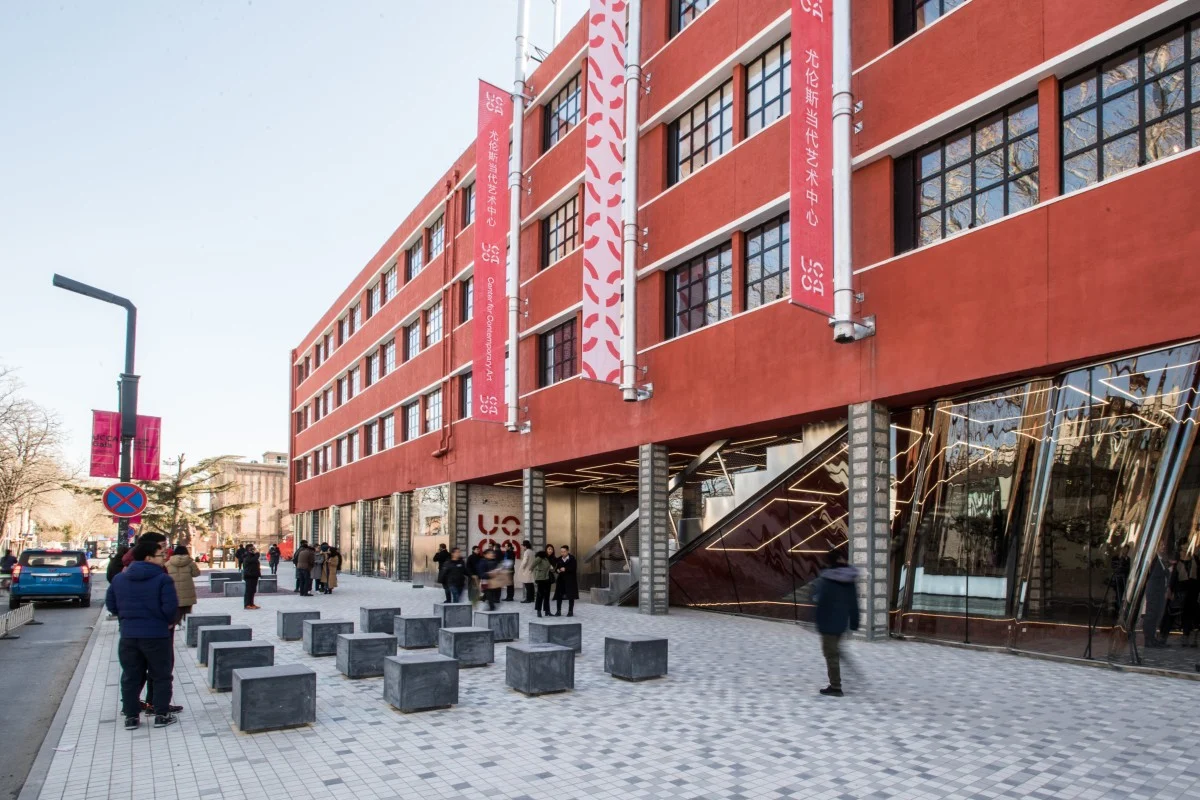A growing wave of closures and financial distress is challenging the future of China’s private art museums, with several institutions shutting down or scaling back operations in recent months. This trend, unfolding in one of the world’s largest art markets, reflects a convergence of corporate funding cuts, reduced consumer spending, and mounting operational costs.
In June, the Jupiter Museum of Art in Shenzhen closed its doors, followed shortly by Qingdao’s TAG Art Museum. Ennova Art Museum in Langfang has also seen little activity, despite recent emergency support from the local government. Even UCCA Centre for Contemporary Art, among China’s most respected contemporary art institutions, has faced significant financial strain. Staff at UCCA reportedly did not receive full wages for six months, and operations at its Shanghai branch have been paused since June.
The challenges stem from tighter budgets among corporate backers and a more cautious public amid China’s economic slowdown. Real estate developers, once key supporters of these museums, are retreating as their own businesses face pressure. The Jupiter Museum, for instance, was tied to the fortunes of Tempus Holdings and Shenzhen Chenglian Logistics. A financial dispute between the two culminated in the closure of the museum just days after its final exhibition launched.
TAG Art Museum in Qingdao, part of a larger development project, was envisioned as a cultural hub. Yet policy changes by China’s Ministry of Education blocked a planned art academy partnership, weakening the broader project’s appeal. Meanwhile, QCCIG, the development’s co-investor, has sought to offload its stake.
Experts in the field say the challenges go beyond economics. Many museums lack essential financial planning skills or rely heavily on imported shows without meaningful local engagement. Winter seasons see severe drops in attendance, further straining already fragile cash flow systems.
The root issue, insiders argue, lies in the lack of consistent government support for contemporary art. Institutions are expected to align with state narratives, leaving little space for artistic autonomy. As such, curators must evolve and create exhibitions that connect deeply with increasingly discerning audiences.
Despite setbacks, new spaces continue to emerge, though their long-term survival remains uncertain. The future of contemporary art in China may depend less on spectacle and more on thoughtful, sustainable cultural value.
READ MORE:
